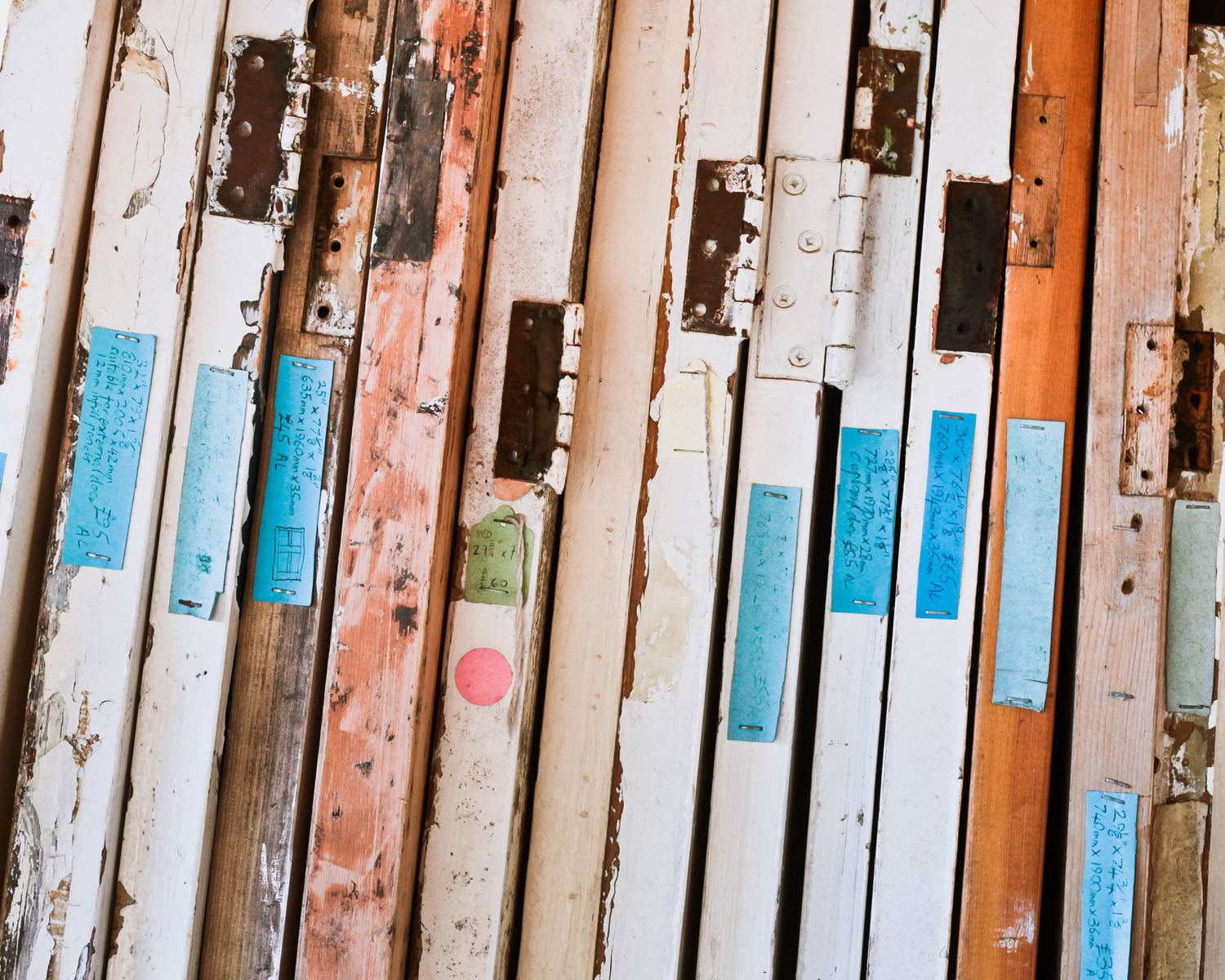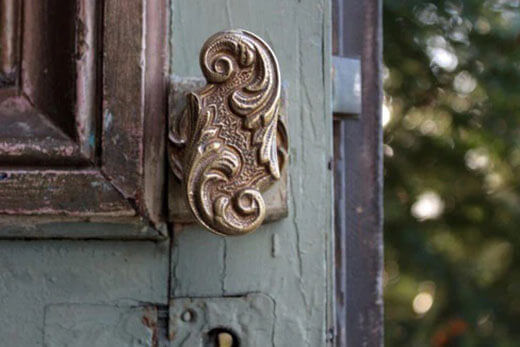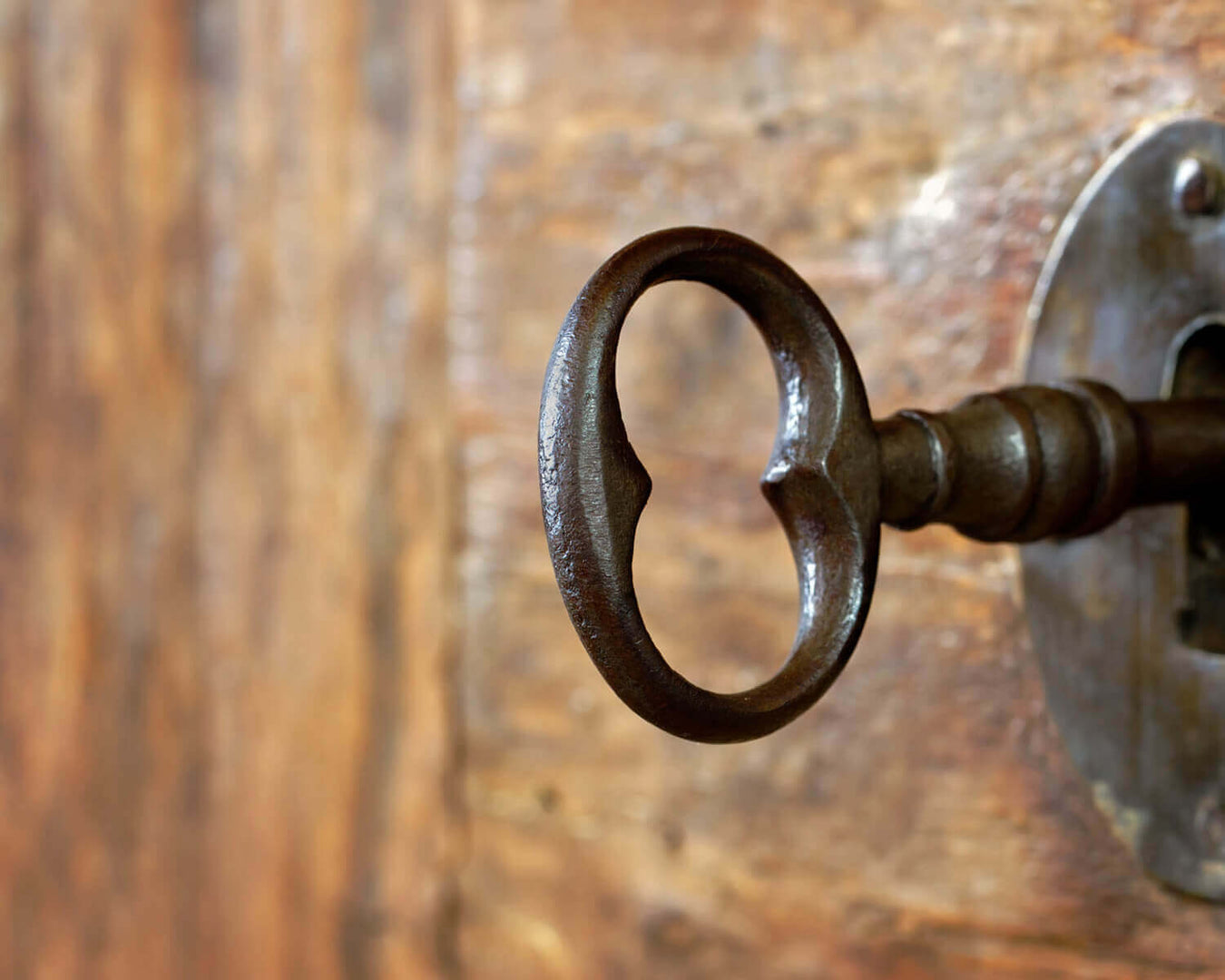
5 Tips to Buying Antique Door Furniture
If you're refurbishing your property or just decided to put some originally back in, buying antique and original door furniture can be a little daunting. We might be a bit biased but it's really just as easy as buying new. We speak to customers everyday looking to do just that so below are some brief answers to the questions we get asked. Luckily we're also just a phone call or an email away if you want some specific advice.
Period - Getting your period right isn’t necessarily that important, most of the popular styles ran right through the main periods of our housing stock, but there a few specifics, Art Nouveau, Deco etc. However it isn't unusual to find something like an 1820s beehive handle being almost identical to a 1920s one.
Fitting - Most antique items have identical fittings as their modern counterparts, obviously antique fittings aren't security rated for insurance purposes.
Material - Brass being by far the most popular, as the 1800s wore on more brass items were being produced with copper and bronze finishes and then into the 1900s electroplating came into use producing cheap and hardwearing chromes and nickel.
Colour/Shade - Antique door furniture comes in different shades of brass from the very Yellow brass through to the Pink brass popular in the Edwardian period and into the 1930s. I wouldn't overly worry about matching it exactly as antique brass will tarnish down very quickly to a matching shade, but we would try and avoid ones that are very different i.e. very Yellow & Pink brass.
Lacquered/Unlacquered - Unless otherwise specified all antique door furniture will be unlacquered so will tarnish. If you've purchased the item already polished it's easy to keep it shiny with a brasso product. If you buy an item from an auction or similar it might need to be professionally machine polished.


Comments
Leave a comment